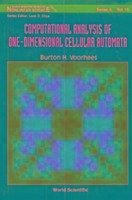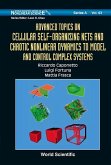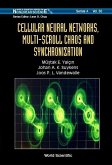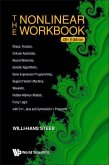Cellular automata provide one of the most interesting avenues into the study of complex systems in general, as well as having an intrinsic interest of their own. Because of their mathematical simplicity and representational robustness they have been used to model economic, political, biological, ecological, chemical, and physical systems. Almost any system which can be treated in terms of a discrete representation space in which the dynamics is based on local interaction rules can be modelled by a cellular automata.The aim of this book is to give an introduction to the analysis of cellular automata (CA) in terms of an approach in which CA rules are viewed as elements of a nonlinear operator algebra, which can be expressed in component form much as ordinary vectors are in vector algebra. Although a variety of different topics are covered, this viewpoint provides the underlying theme. The actual mathematics used is not hard, and the material should be accessible to anyone with a junior level university background, and a certain degree of mathematical maturity.








